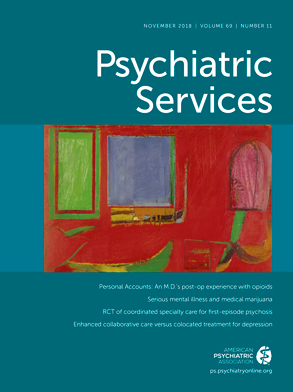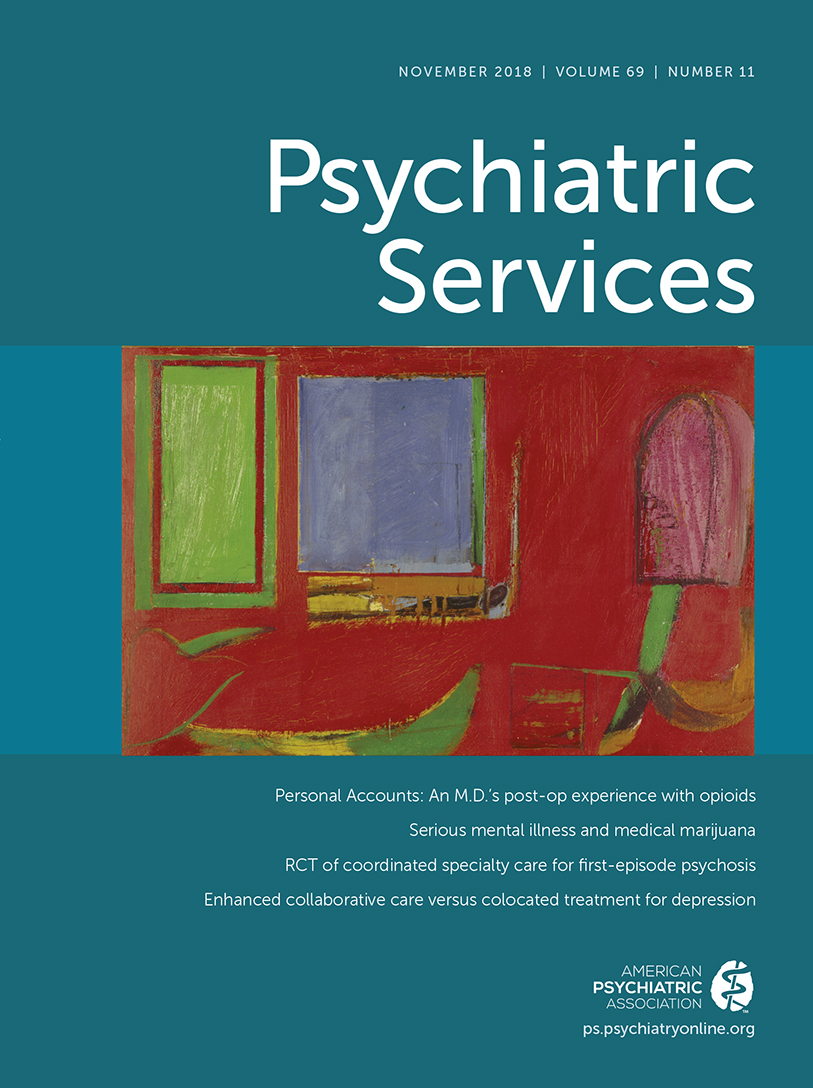I wrote this column while in a hospital recovering from spinal surgery for lumbar stenosis. I required two decompressions (where excessive bone pressing on spinal nerves is removed) and a fusion employing small titanium rods and screws (to remedy slippage between two low-back vertebrae). I wanted to restore my mobility, which had become progressively limited.
The surgery began with my receiving midazolam (Versed) intravenously from the anesthesiologist as I lay on the gurney to be transferred to the operating table. Midazolam is a benzodiazepine medication, in the same class of drugs as alprazolam (Xanax), lorazepam (Ativan), and clonazepam (Klonopin). But elephants are in the same class (genus) as gerbils, and midazolam is the elephant. I was unconscious in a second.
The surgery ran almost four hours. I recall virtually nothing of the immediate postoperative period. I awoke, blissfully and dopily, in the recovery area with no pain, despite a lot of reconstruction in my back, and a five-inch incision to prove it. My, we doctors have powerful tools to sedate and anesthetize a patient. But, as we know, these drugs and their related opioids have become ubiquitous outside of operating theaters and recovery rooms.
For the next 24 hours I was prescribed a combination of two opioid medications. The term “opioid” encompasses OxyContin, Vicodin, morphine, heroin, fentanyl, opium, and other related drugs. They all work on the same brain receptor and are highly effective pain killers for acute, but not necessarily chronic, pain.
The Centers for Disease Control and Prevention has declared opioid use and dependence an epidemic in this country. Over 140 people in the United States die every day from an overdose, principally from opioids. Eighty percent of new heroin users were on an opioid pill or patch before advancing to heroin addiction, because the pills became too hard to get and too expensive, whereas heroin is cheap, more powerful, and readily accessible—and not just in impoverished, inner-city neighborhoods.
The two opioids I received for my first postoperative day were oxycodone by mouth (Percocet or Percodan but without Tylenol or aspirin, respectively) and Dilaudid (a powerful opioid) in very small doses via an IV pump that I could activate every ten minutes, like a pigeon pressing a pleasure lever. I tried to refrain from using the pump but not very successfully, because the pain I had been spared came on and was no small thing, and delivering the Dilaudid to my brain felt very nice. I also received acetaminophen (Tylenol), every six hours for pain relief and to augment the action of the opioids.
This medication regimen worked very well on day 1 after the surgery. I was managing the pain and feeling quite stoned from the opioids. But on day 2, the Dilaudid was discontinued. I could choose from doses of 5 mg, 10 mg, or 15 mg of oral oxycodone as frequently as every three hours, and the acetaminophen continued. As I knew and had been told, the inflammation from the procedure, with bone removal and titanium pins, would gear up on day 2 and last for quite a while. I was headed into painful waters. The nursing staff was very attentive, always asking about my pain level and ready to give me more medication, as long as it was within the time frames prescribed.
The body heals by inflammation, pouring proteins, fluids, and white blood cells (among other materials) into a wound area. This causes swelling—and with it an increase in pain. It became hard to find any comfortable resting position or to sleep. It was as if my low back was the entirety of my body and had been radically perturbed. I then understood, first hand, why a person with acute pain, from an injury or surgery, gets quite focused on the next dose of an opioid medication. That’s because the inflammation, for me in my lumbar spine, would get more pronounced over the days ahead, as was necessary to properly heal and produce less pain over time. And that’s when the craving for the next opioid dose starts to kick in, with addiction lurking right behind.
Between a rock and a hard place. As much opioid medication as I could get and, if I did, the first stage of becoming drug dependent, physically and, perhaps more importantly, psychologically. I know that, but I wonder how many in the nonmedical community do.
Current, opioid prescribing in most states calls for seven, or sometimes five, days of these drugs for acute pain. New York State allows seven days. Work is under way to provide doctors greater prescribing guidance to better fit the drug, dose, and duration to the patient’s type of surgery or injury. No consensus yet exists, but doctors are more prudent, and the prescribing of opioid pills across the country has gone down in recent years
Before this surgery, it had been about six years since I had had a few Vicodin for a minor oral procedure and 17 years since I had maybe five days of an opioid I can’t recall for knee arthroscopic surgery. In neither instance did I crave or feel the need for more than acetaminophen or ibuprofen to complete my recovery.
When I was admitted to New York’s Hospital for Special Surgery (HSS), on 70th Street facing the East River, among the various explanatory forms I signed was one for opioids. The risks of this class of drugs, which include those mentioned earlier, had not been lost on the leadership of HSS. I was cautioned about the risks of opioids, and thus why I likely would get a limited supply. I paid attention, but I am a doctor and actually read the forms I was to sign, especially this one about opioids. I don’t think that happens very much as a patient is staring into the imminent black hole of major surgery.
Prudent prescribing—that’s what the message at HSS and across the country has become. Having written, as a public health doctor, about opioids (and other drugs) that relieve physical and psychic pain, I did not hesitate to sign. I did not ask the consequences of not signing; it didn’t occur to me to do so.
What I had known about opioids had been an abstraction—far from the reality I was about to endure. I had had pain from sports injuries and related surgeries and from the progression of spinal stenosis. But I never had anything like the hurt from reconstruction work done on my spinal column until now.
My first night after the surgery was an opioid cloud. I was floating above my body’s pain messenger system on Dilaudid and oxycodone, as well as experiencing the residual analgesia from the surgical procedure. The pain did not seem to belong to me. During the following day, as high as I still was, I could focus my thoughts, do light reading, joke a bit, and start to walk (with a walker), exceeding expectations, as my nurse and physical therapist told me with kind smiles.
But I feared the second night. No more Dilaudid. I took acetaminophen at bedtime but was restless and in pain. You can guess what I wanted. So, I decided to not go for the opioids and get through the night without them. In my small stack of books on the hospital tray was my new book, The Addiction Solution, reminding me about opioids. I would refrain if I could fall into a good sleep, being careful not to put weight on the spinal wound. I hurt in the morning but could move about tolerably. The nurses, physician assistant, and resident urged me to “not get behind on the pain.” Their medical counsel was intended to not leave me hurting too much, where relief and mobility would elude me. They were doing their job, but inadvertently they also could have been putting me on a path to more craving. I took low doses of oxycodone in the ensuing days.
I am not saying skipping or otherwise reducing doses of opioids was easy for me nor is it for the countless people in this country craving an opioid drug. Nothing hard or complex is easy; forgoing a drug so immediately and powerfully effective is not easy. That’s a really big problem with these medications.
Those of us in pain and our loved ones—and we are legion—can beat the opioid epidemic. The lessons and methods from public health are there for us to use. Prevention is paramount, as I was trying to achieve at HSS, as well as early detection to grip the dependency before it roots too deep. This country has beaten polio and smallpox, has reduced tobacco and driving deaths, and evoked the groundswell that brought new life for people with HIV/AIDS. The same can be done for the opioid epidemic.
One night at a time.

